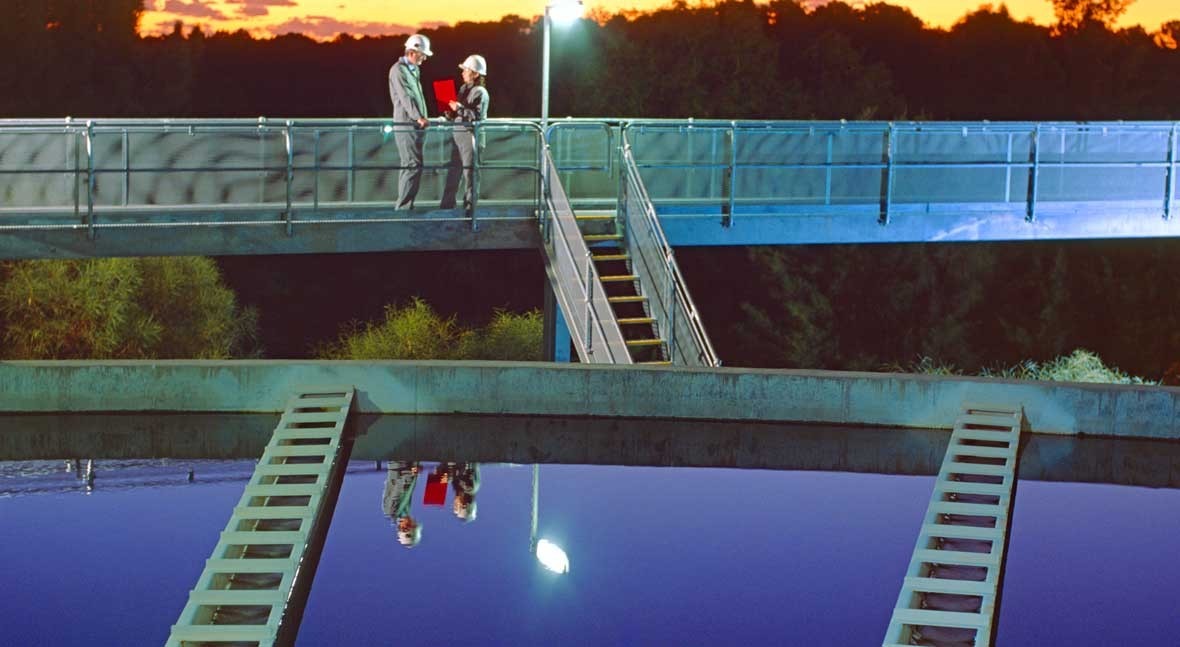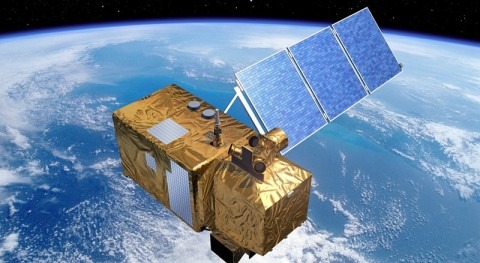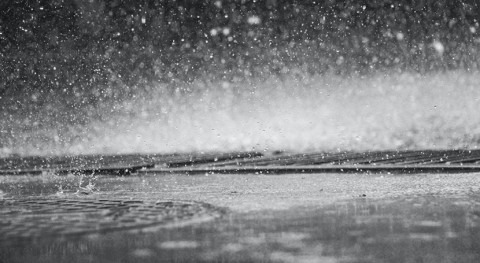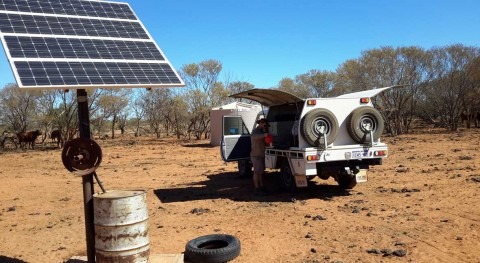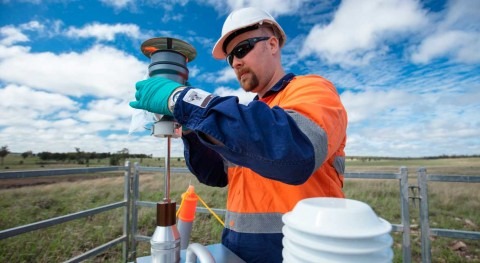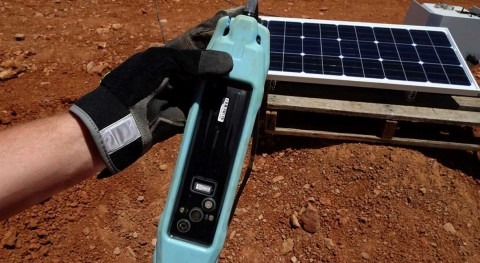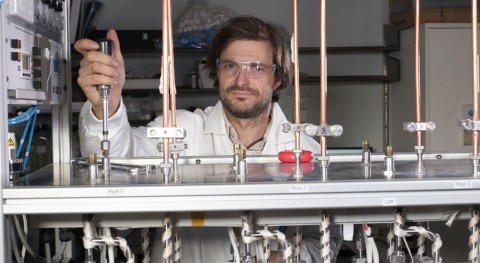Australia’s national science agency CSIRO and the University of Queensland have come together to test untreated wastewater for the presence of the novel coronavirus gene. We spoke with Dr Paul Bertsch, CSIRO Land and Water Science Director, to learn more about the project, shortly after the researchers successfully demonstrated the presence of SARS-CoV-2 in raw sewage.
Question: What methods are being used by CSIRO and The University of Queensland to demonstrate the presence of SARS-CoV2 in untreated wastewater?
Answer: Our research team has published a peer-reviewed proof of concept study using wastewater samples from two wastewater treatment plants in South East Queensland, representing populations living in the Brisbane region.
The team took water samples from sewage pipes, just before they entered the wastewater treatment plants, and analysed them to detect fragments of the viral nucleic acid, RNA.
Researchers found fragments of the SARS-CoV2 virus’s genetic code in untreated sewage, which would have been shed by COVID-19 infected people. The presence of SARS-Cov2 in specific wastewater samples was then confirmed using gene sequencing techniques.
The virus, SARS-CoV-2, were concentrated from 100-200 mL sewage using electronegative membranes or ultrafiltration
The samples were analysed for specific nucleic acid fragments of the virus using RT-PCR analysis, which is a kind of molecular copy machine that produces millions of copies of the fragment and is then used to identify this gene fragment from SARS-CoV2 in comparison to background noise.
A commercially available RNA extraction kit is used to isolate RNA from concentrated samples and membranes.
The virus, SARS-CoV-2, were concentrated from 100-200 mL sewage using electronegative membranes or ultrafiltration. Then RNA was extracted directly from the filter or concentrated samples.
RT-quantitative PCR was performed to determine the presence and concentration of the SARS-CoV-2 RNA fragments in wastewater samples followed by gene sequencing techniques to confirm the identity of the amplified fragments.

Paul Bertsch, CSIRO Land and Water Science Director
Q: The study was carried out in two wastewater plants in South East Queensland. Do you plan for the research to be tested nationwide? And if so, with which governmental bodies, universities, companies?
A: CSIRO is working to refine the method in the hope that it can be rolled out as a surveillance system for monitoring the presence of the virus, and thus infected individuals in Australian communities.
By showing how the method has worked in Queensland, Australia, we hope it will lead to a national collaboration of government authorities, wastewater utilities, universities and other research organisations, and commercial laboratories.
While discussions are underway, it is currently too early to report further on a national roll-out plan or partners.
Q: Scientists in the US and the Netherlands have also traced SARS-CoV2 in untreated wastewater. Are you in contact with these entities to share findings and methodologies?
A: Our validated method built on work conducted by research groups in the Netherlands and the USA.
There has been continuing monitoring of international developments and published papers on this topic. There is discussion with international colleagues about sharing information and optimising methods to increase the sensitivity of the techniques.
Q: How do you think these results will help Australia manage COVID-19?
A: There is real potential for this method to be used as part of an Australia-wide surveillance program. It could leverage the established national network of wastewater treatment plants and local councils which is already used as part of a national wastewater drug monitoring program, led by our University of Queensland collaborators.
There is real potential for this method to be used as part of an Australia-wide surveillance program
For wastewater analysis to be effective we need to make sure that the samples being collected are representative of the sewer catchment community. We have learnt from testing wastewater for illicit drugs and other chemicals that this is very important.
An early warning detection system like this would also be incredibly useful for monitoring and response in the recovery phase.
Q: Dr Bertsch mentions that these data will be particularly useful for catchments with vulnerable populations where testing using other methods may not be feasible. Could you explain this a little more?
A: Community level SARS-CoV-2 wastewater surveillance will complement existing health data and can be used by health authorities to make informed decisions about implementing public health interventions in response to disease outbreaks. For countries or jurisdictions that have limited testing capability, this approach could also be used to prioritise where testing is concentrated or intensifies.
This can be particularly useful for specific sites, such as nursing homes, assets such as boats or planes, and catchments with other vulnerable populations where testing using other methods may not be feasible, such as quarantined or remote communities.
The surveillance using this approach provides early detection of infection from both symptomatic and asymptomatic patients
Q: CSIRO and The University of Queensland are testing wastewater for SARS-CoV-2 to get an indication of the number of virus infections in the population. Do you think testing wastewater for the coronavirus SARS-CoV-2 is more efficient than the traditional testing methods?
A: We would not advocate its use in isolation, but in combination with other measures, such as the testing of individuals. Importantly, we believe that any use of wastewater, should it be feasible, ought not to take resources away from the testing of individuals and be done when a clear benefit has been identified. However, the surveillance using this approach provides early detection of infection from both symptomatic and asymptomatic patients.


